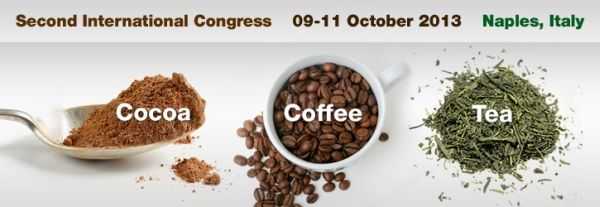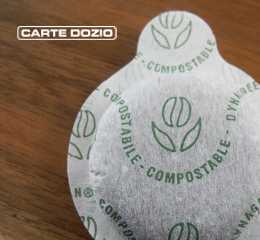Condividi con noi le tue storie legate al caffè scrivendo a direzione@comunicaffe.it.
Glabasnia A., Scott A., Cotard A., Leloup V., Blank I.Nestlé Product Technology Center, 1350 Orbe, Switzerland E-mail: arneglabasnia@rdor.nestle.com
After water tea is one of the most popular beverages in the world as it consumed all along the day for different purposes such has hydration, stimulation or relaxation. Beside this, tea has gained much attention as a healthy beverage because it is one of the best sources of antioxidant polyphenols taking into account the amount in tea and its daily consumption (1).
The focus with regards to health benefits was put on caffeine and epigallocatechin gallate (EGCG), two of the major constituents in green tea. Therefore also analytical methods and quantitative data can be found mainly for caffeine and catechins. Nevertheless in the past years researchers have started to have a more global look into tea composition and trying to establish methodologies that allow a more detailed characterization of teas (2).
In addition to its health benefits catechins and other polyphenols have also been identified as contributors to the bitter and astringent taste of a tea beverage (3). In order to provide not only a healthy but also a tasty beverage it is therefore crucial to well-characterize teas based on their chemical composition.
The aim of this work was therefore the establishment of a LC/MS method that allows the simultaneous detection of the most important tea compounds in a single method using a multi- targeted approach. With this it was possible to detect a series of different polyphenols such as catechins, flavanol-glycosides, gallic acid derivatives or theaflavines beside other important compounds like caffeine and L-theanine.
A series of about 50 teas was analysed for its detailed chemical composition and multivariate analysis was applied to the obtained data set. Like this well known differences between black and green tea e.g. in catechin content could be confirmed. In addition more specific differences have been identified. The content of chlorogenic acids in green tea for example was found to differentiate between chinese and japanese green teas.
The detection of theaflavins in some green teas might be an indicator for the freshness of the corresponding teas. Finally based on the obtained clusters of chemical composition the sensory profile of representative teas were analysed monadically by an expert panel in order to try to link analytical data to the sensory profile. The final goal is the establishment of a database of teas that allows the pre-selection of teas based on their chemical composition with regards to health benefits or sensory aspects
References
[1] Fukushima Y. et al, Coffee and Green Tea As a Large Source of Antioxidant Polyphenols in the Japanese, J. Agric. Food Chem. 2009, 57, 1253–1269
[2] Zhao Y. et al,Tentative identification, quantitation, and principal component analysis of green pu-erh, green, and white teas using UPLC/DAD/MS, Food Chem. 2011, 126, 1269-1277
[3] Scharbert et al., Molecular definition of Black Tea Taste by Means of Quantitative Studies, Taste Reconstitution, and Omission. J. Agric. Food Chem. 2005, 53, 5377-5384




















